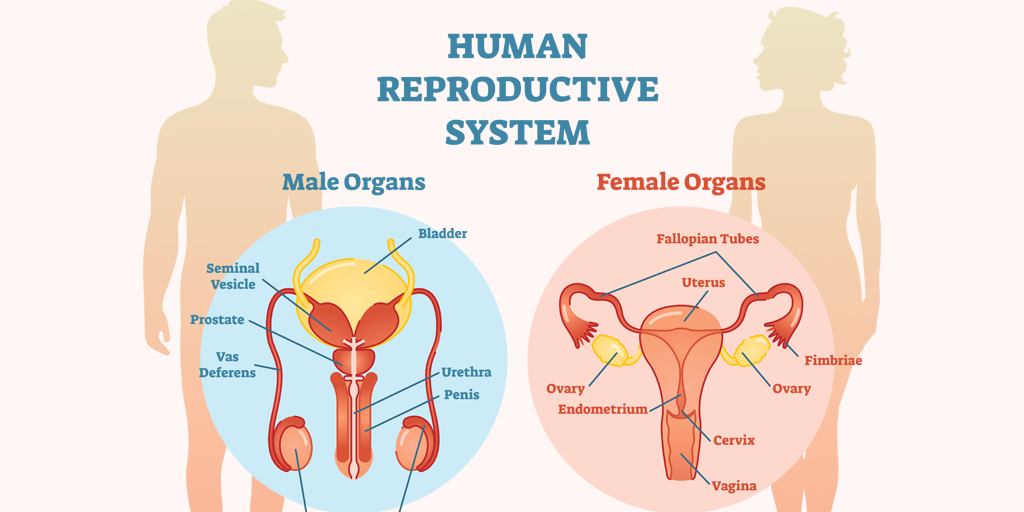
# How U.S. States Are Revolutionizing Health Care Through Local Policy Initiatives
In the United States, each state wields considerable power over health care by implementing local policies. Although federal measures such as the Affordable Care Act (ACA) have established uniform standards for health care access, states can innovate and effectively address regional challenges. Recently, issues like medical debt and insurance barriers have become central themes for reform, with states such as North Carolina and Illinois leading the way with pioneering initiatives. These state-driven efforts exemplify how local governments can transform health care and enhance the lives of millions.
## The Strain of Medical Debt in the United States
Medical debt remains a widespread concern across the United States, with a **KFF analysis** from early 2024 indicating that Americans have accumulated approximately **$220 billion in medical debt**. This overwhelming financial burden is a leading contributor to bankruptcy and financial instability for numerous families. North Carolina, for instance, has a notably high percentage of adults burdened by medical debt, affecting **13.4% of its population**. These figures highlight the urgent need for practical solutions, prompting decisive action from various states.
### North Carolina’s Innovative Medical Debt Relief Initiative
On **July 1, 2024**, North Carolina Governor Roy Cooper, in collaboration with the North Carolina Department of Health and Human Services (NCDHHS), launched a pioneering **medical debt reduction initiative** as part of the **Healthcare Access and Stabilization Program (HASP)**. Utilizing funding from the state’s Medicaid expansion, this program seeks to significantly ease the financial burdens associated with medical care for low- and middle-income residents. All **99 eligible hospitals in the state**, including major health systems, consented to participate in the initiative to tackle the state’s significant debt issue.
Notable aspects of North Carolina’s medical debt relief initiative include:
– **Hospitals Benefit from Enhanced Medicaid Payments**: Participating hospitals can receive increased Medicaid reimbursements, providing a strong incentive for their involvement.
– **Reduction in Medical Debt**: The initiative is expected to eradicate over **$4 billion in medical debt**, aiding more than **2 million residents**.
– **Federal Endorsement**: The **Centers for Medicare and Medicaid Services (CMS)** granted approval for the relief measures and relevant eligibility criteria on **July 26, 2024**.
Governor Cooper’s strategy has received praise from experts like **Aneesh Chopra**, the former Chief Technology Officer of the United States, who stressed the importance of tackling medical debt at its origin. Chopra applauded the program’s incorporation of public resources to facilitate access to Medicaid, charity care, and ACA tax credits. Likewise, **Dr. Nirav Shah**, a Senior Scholar at Stanford University, recognized the initiative as a model for state-level health care innovation, noting its potential to inspire reforms across the nation.
### Illinois Takes the Lead in Insurance Transparency and Mental Health Access
While North Carolina addresses medical debt, Illinois has made significant strides in reforming health insurance regulations to alleviate barriers to care. On **July 10, 2024**, Governor JB Pritzker enacted **H.B. 5395**, an impactful law aimed at enhancing transparency and accessibility for patients.
#### Key Features of H.B. 5395:
1. **Prohibition on Prior Authorization for Emergency Mental Health Treatment**: This law prevents insurance companies from mandating prior authorization for emergency mental health services. Immediate care is prioritized to effectively handle critical mental health emergencies.
2. **Limitations on Step Therapy**: The legislation restricts the practice of “step therapy,” which requires patients to attempt alternative treatments unsuccessfully before insurers approve a physician-prescribed medication. These restrictions seek to empower both doctors and patients in determining care without unnecessary delays.
3. **Insurance Directory Transparency**: H.B. 5395 requires insurers to maintain accurate, up-to-date directories of in-network physicians and specialists. This provision simplifies the process for new patients to locate available, in-network providers, preventing unexpected out-of-network fees.
By emphasizing patient access and reducing bureaucratic barriers, Illinois has addressed longstanding frustrations between insurers and healthcare providers. While these reforms represent a significant advancement, experts concur that broader, systemic changes are still imperative to adequately serve underserved communities.
## The States’ Impact on Health Care Reform
The initiatives in North Carolina and Illinois illustrate the crucial role states can play in formulating health care policy. By concentrating on localized issues, these states have crafted responses tailored to their residents’ needs, setting a precedent for wider action across the country.
1. **North Carolina’s Approach to Medical Debt Relief**: The HASP initiative not only confronts the immediate challenge of medical debt but also establishes systemic safeguards to avert future burdens.
2. **Illinois’ Focus on Transparency and Mental Health**: By removing unnecessary administrative obstacles, Illinois has empowered patients and increased access to essential services.
Both